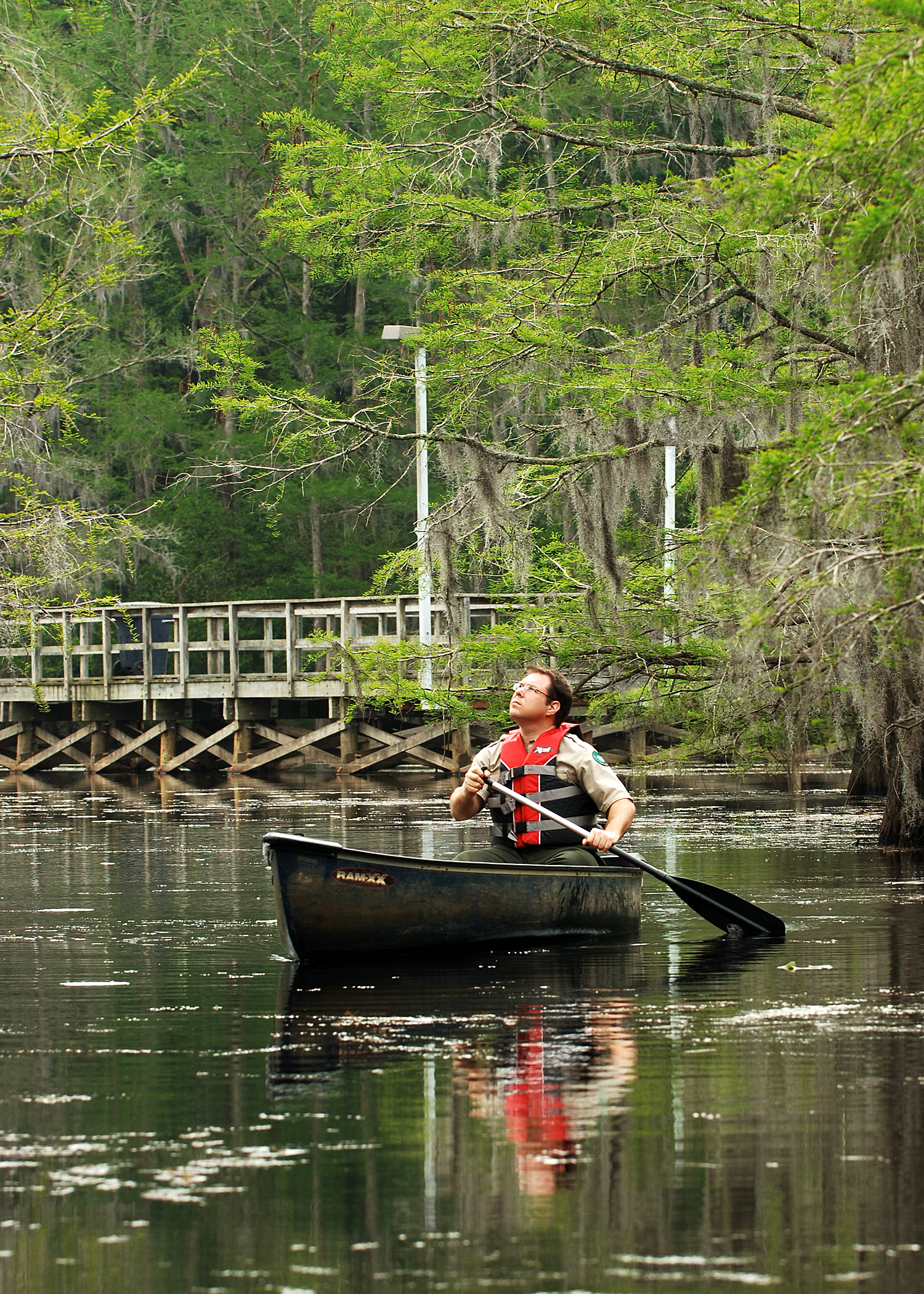Boating: Safety, 2
Friday, May 17th, 2013
Image courtesy TPWD
This is Passport to Texas
If you plan on operating a boat this summer—or any time—get to know items important to keep on board for safety while underway.
13—You should have a sound producing device, and you should have a life jacket for person that’s on board. If you’re boating at night, you should have the proper lights—that are working—and we suggest a first aid kit.
Tim Spice, manager of boater education for Parks and Wildlife, says anyone born on or after September 1, 1993 is required to take boater education.
21—We cover lots of different things, including safety aspects of boating; the different types of vessel you may have; the rules of the road; the required equipment. Again, everyone on board a vessel needs to have a lifejacket that’s accessible. We define what accessible means by law so that you don’t get in trouble when you’re on the water and a game warden stops to give you a boating safety check.
In addition, filing a float plan that tells folks on shore where you’ll be and when you plan to return will be vital if an emergency occurs while you’re on the water. Operating a boat has a different set of rules than driving a vehicle.
10—There’s no lines on the road; there’s no speed limits, per se. There are different signs and things you have to look out for that are very different than you would in your car.
By taking a boating safety course—which you can do online or in a classroom setting—you’ll learn what those rules.
The Sport Fish Restoration program supports our series and works to increase fishing and boating opportunities in Texas. For Texas Parks and Wildlife…I’m Cecilia Nasti.




 Passport to Texas is a
Passport to Texas is a  Passport to Texas is made available by:
Passport to Texas is made available by: